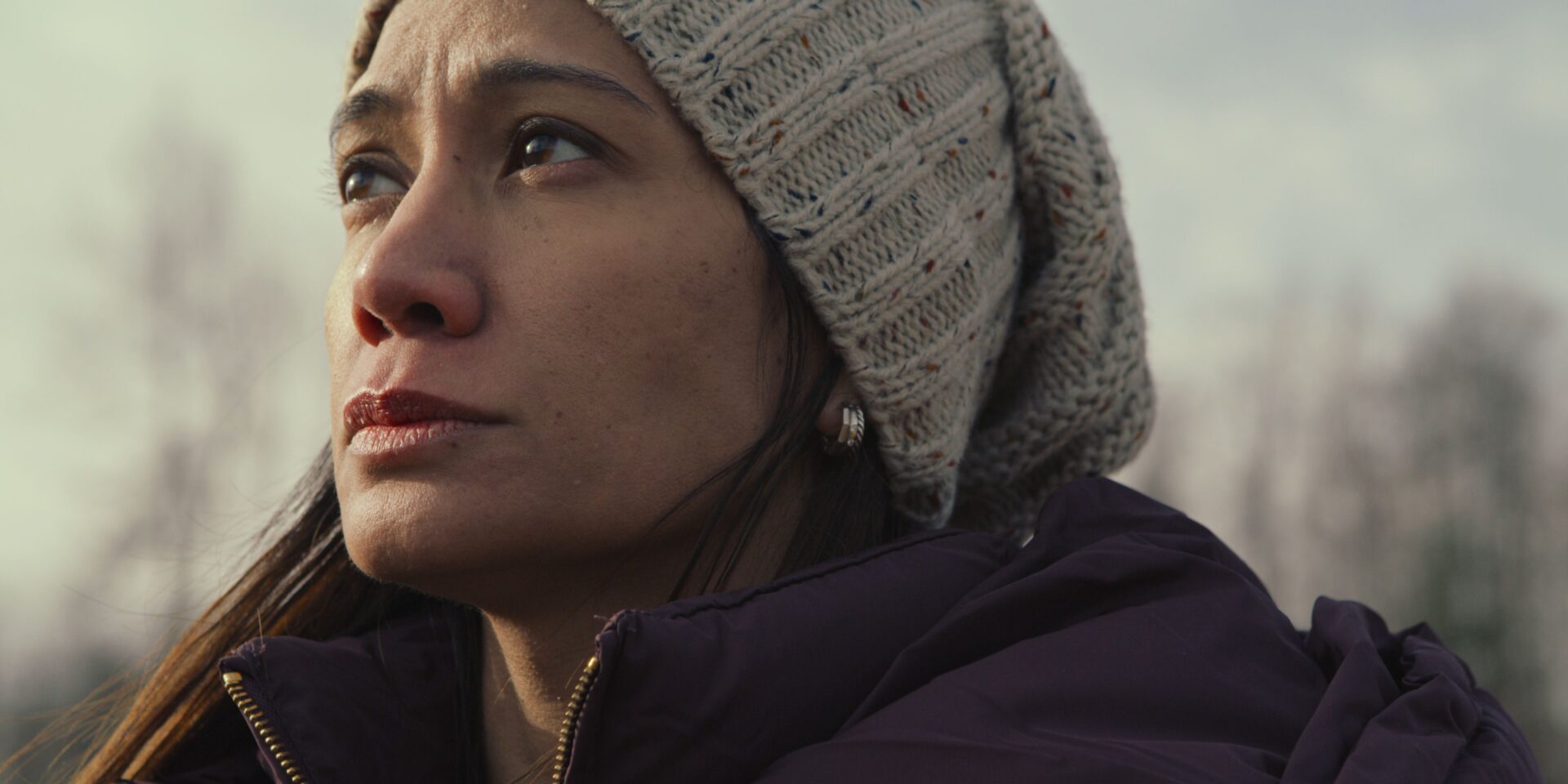A film called Impossible Town, based in Minden, West Virginia, features Dr. Ayne Amjad’s efforts to move the people of the town away from decades of chemical contamination during her tenure as the state’s health officer.
In the 1980s, the Environmental Protection Agency (EPA) found that Shaffer Equipment was responsible for contaminating Minden’s soil with harmful chemicals called polychlorinated biphenyls, or PCBs.
In 1984 the EPA declared a portion of land in Minden as a Superfund site, meaning it had been contaminated by hazardous waste and a candidate for cleanup because it posed a health and environmental risk.
The EPA did soil testing again in 2017 at the Shaffer site, as well as near homes in Minden. The results showed the community wasn’t in need of “immediate action” and therefore not a candidate for the National Priorities List (NPL).
Minden was added to the NPL in 2019.
Over the years, while all that testing, cleanup, and bureaucracy occurred, Amjad grew up in nearby Beckley, W.Va., raised by a father who taught her to, “help others,” and demonstrated that sentiment by researching the influence of PCB exposure on the number of cancer deaths reported in Minden.
When Dr. Hassan Amjad passed away on August 29, 2017, his daughter, Dr. Anye Amjad took over his project of establishing a “cancer registry” to count the number of cases in Minden.
For a decade, co-directors Meg Griffiths and Scott Faris looked for a West Virginia story to tell, while creating documentary content for nonprofits, foundations and socially conscious brands. Scott grew up in West Virginia, where the majority of his family resides to this day, and has always wanted to tell stories about his home state.
“So we started putting out feelers asking simply, who is doing interesting and inspiring things in the state?” Faris said. “And very quickly we connected with Jeremy Morris, who at the time was working with Weelunk, which is a news publication in Wheeling, and Jeremy told us, ‘you should really reach out to my former high school classmate, Dr. Ayne Amjad, I think she’s trying to move a town or something.’ And we thought, ‘Wow, what an incredible hook for a story, you have to find out more.’”
Filmed over the course of four years, Impossible Town features moments that help viewers get to know Amjad and the Minden residents who inspired her work to relocate.
“Yeah. I mean, there’s so much history to take in surrounding the environmental contamination in Minden,” Faris said. “When we embarked on this project, initially, we thought we would make a short film about Dr. Amjad and her family’s efforts to aid this small community. But what we discovered very quickly is that because the context is so complicated, and the history so extensive, it really called for a much deeper dive than simply a five or 10-minute film. And that is what really led us to this feature-length project Impossible Town.”
Griffiths said the film will leave viewers with a sense of urgency, not just about environmental protection, but also to support local leaders of small communities.
“I think, in addition to, you know, folks feeling an increased sense of urgency, I think there’s a call to action as well around figures like Dr. Amjad, and the demands that we place her on around heroic figures like her that are in our communities,” Griffiths said. “And I think there’s a call to action for all of us as citizens to support those leaders, and also question for ourselves how we can better help and aid those in communities like Minden that live closest to us.”
Griffiths believes Impossible Town shows a new angle to the story.
“What’s happening in Minden has been covered a lot at the state level at the national level,” Griffiths said. “But we really think the angle that we brought to the story is really different than previous coverage that has explored some of these issues. And I think that viewers that are familiar with the story in Minden and that are familiar with Dr. Amjad will be shocked. They’ll be heartbroken and it will like it will challenge people’s thinking.”
Griffiths said the film shows the best and worst of West Virginia.
“And when I say worst, I mean specifically, the damaging history of exploitive industry and environmental contamination,” Griffiths said. “And when I say best, I mean specifically the goodness of the people in West Virginia, their willingness to help their neighbor, and go out of their way to sacrifice for somebody that maybe they barely know, and have very little in common with.”
The premiere of Impossible Town will take place in seven cities and some showings are free to the public. All screenings will be followed by a question and answer session with the filmmakers.
Appalachia Health News is a project of West Virginia Public Broadcasting with support from Charleston Area Medical Center and Marshall Health.
***Editor’s Note: This article has been updated to correct two factual errors. The Amjads, including Ayne live in nearby Beckley, W.Va., not in Minden. Also, Minden was added to the National Priorities List in 2019.
